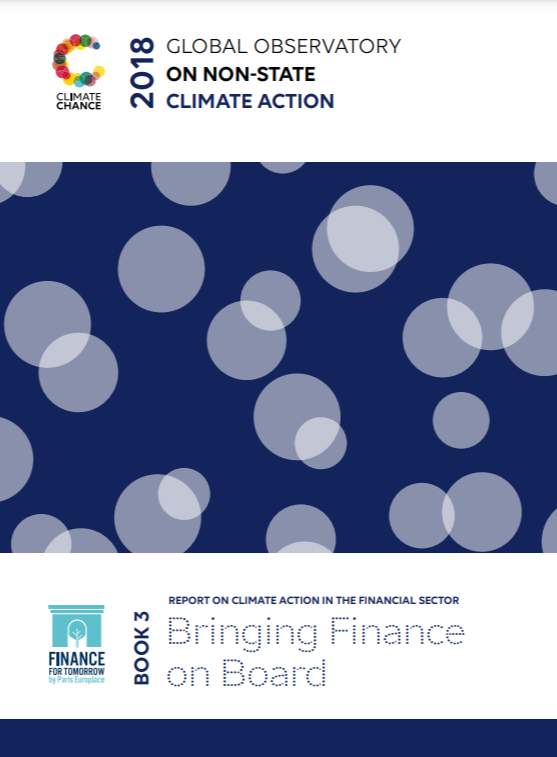
For the last twenty years or so, the responsible investment policies of certain financial players have featured an environmental component, and therefore address climate issues. Much more recent developments have led climate change to assume a very particular place in the financial sphere.
In 2016, institutional investors (pension funds, retirement schemes, insurance companies, sovereign wealth funds and the like) represented assets under management of USD 85 trillion worldwide, of which over half in the United States, a quarter in Europe and 20% in Asia, according to PwC. Like individual investors, institutional investors (asset owners) may turn to asset managers to handle their investments.
Private financial actors have begun to develop products and services directly aimed at financing assets that contribute to the low-carbon transition.
Like all financial actors, financial authorities taking climate-related measures can have two main motivations:
• to direct capital flows to meet climate objectives, in particular their national objectives. This is the main role of policymakers.
• to reduce climate change risks to ensure the stability of financial systems. This is the mission of financial supervisors.
These measures may be international, regional or national and can involve varying degrees
of constraints: from mandatory and verified policies to voluntary non binding guidance.

